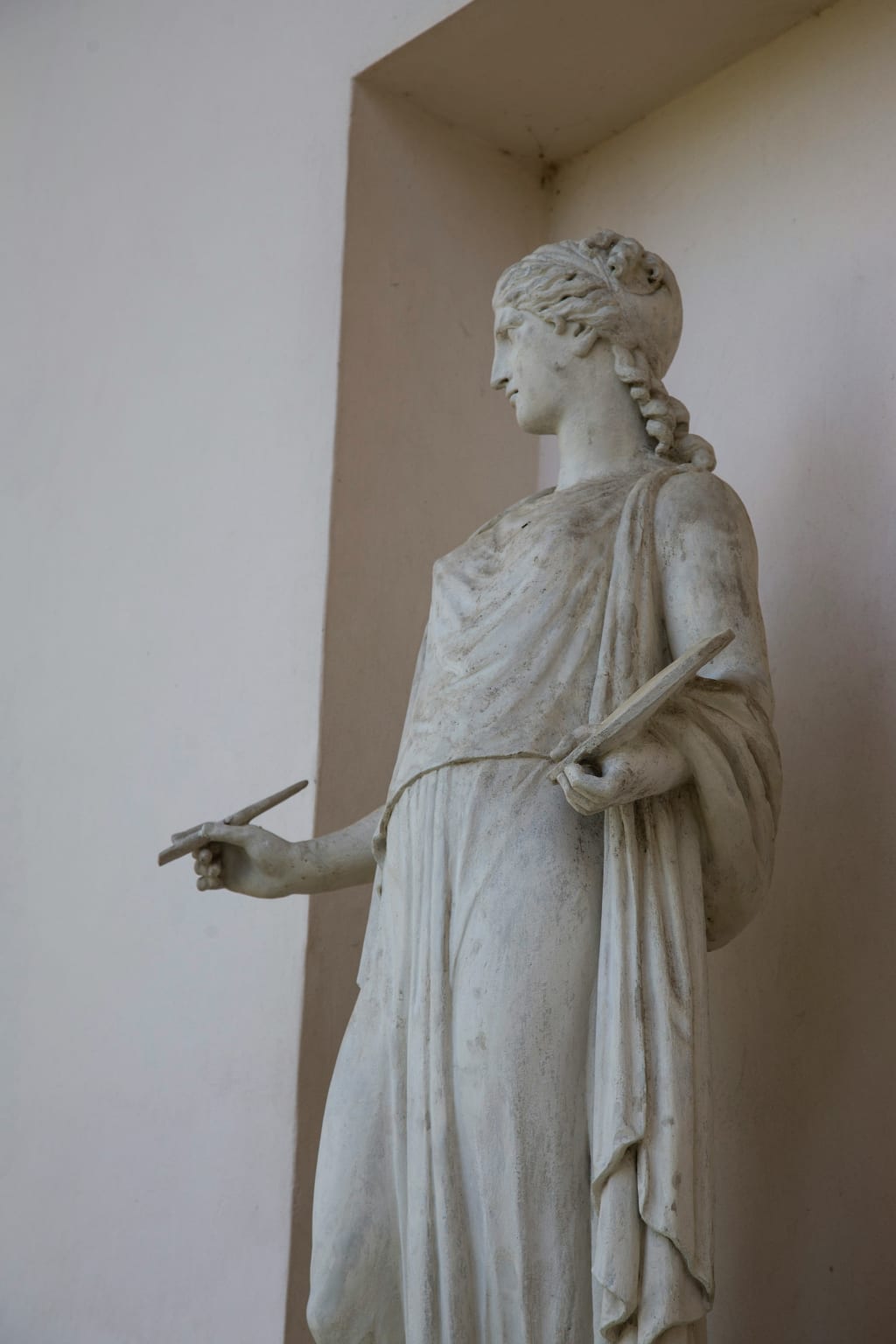Unraveling the Mystery of Ancient Statues
The White Myth We've Been Told About Ancient Statues

Art history enthusiasts often admire ancient Greek and Roman statues for their pristine white marble construction. For centuries, historians and researchers have taken the white color of these statues for granted. However, recent discoveries and studies have revealed that ancient civilizations painted their sculptures with bright and vivid colors.
To explore this mystery further, art history enthusiasts can embark on an art history trip that delves deep into this topic. The main focus of the trip is to unravel the mystery of whether or not ancient statues have always been white. The trip involves visiting museums and even time traveling to get a glimpse of what these statues were really like back in the day.
The journey begins in New York, where the Metropolitan Museum of Art houses one of the world's biggest collections of ancient Greek and Roman statues. As you walk down the aisle, admiring the large array of statues, one thing seems evident - they are mainly white. It makes sense since their primary material is white marble.
However, in the 1980s, researchers unearthed an ancient Greek statue that was clearly pigmented. This new discovery made them wonder - were all ancient statues painted? This third-century BCE Greek statue was almost entirely painted, with shades of pink, blue, and red paint still visible. This statue is not an exception; it's the norm. Ancient civilizations painted their sculptures with bright and vivid colors to bring their representations closer to real life.
So, why are museums and galleries filled with white statues as far as the eye could see? The answer goes back to the Renaissance era, a historical period when European artists, philosophers, and scientists developed a renewed interest in the creations of ancient Greece and Rome. Artists like Michelangelo started a series of Roman sculptures, leaving them bare and white, without pigmentation, probably because they thought that was how things were done in the old days.
The works of Michelangelo and his peers influenced a whole generation of sculptors after that. This way of doing art traveled to modern times without much questioning. However, evidence of color pigments in ancient statues is abundant. Scholars have known for at least a century that ancient sculptures weren't originally all white.
The first discovery that ancient statues weren't all white happened a long time ago, way before the 1980s. It happened during the unearthing of Pompeii back in the 1700s. The city of Pompeii in southern Italy was completely covered with lava after the sudden eruption of Mount Vesuvius. The city was destroyed, but the clouds of ashes that arose from the lava managed to preserve a lot of the city's structure through time. Researchers found several concert frescoes that depicted scenes of daily Roman life. In one of these paintings, an artist is seen painting a sculpture.
To see another famous statue, one has to fly all the way to Rome and visit the Vatican Museums. The statue you're looking at is a classic representation of Caesar Augustus, the founder of the Roman Empire and the first emperor of Rome. The sculpture is called the Augustus of Prima Porta and is a perfect example of how ancient statues were painted with bright and vivid colors.
Ancient statues were not always white. Ancient civilizations painted their sculptures with bright and vivid colors, bringing their representations closer to real life. The Renaissance era influenced a whole generation of sculptors to leave their masterpieces bare and white, traveling to modern times without much questioning. However, evidence of color pigments in ancient statues is abundant, and scholars have known for at least a century that ancient sculptures weren't originally all white.
About the Creator
Abdul Hannan Saif
Blogger | Writer | Explorer | wish to inspire, inform and help others to see fascinating discoveries and live a fulfilled life!






Comments
There are no comments for this story
Be the first to respond and start the conversation.